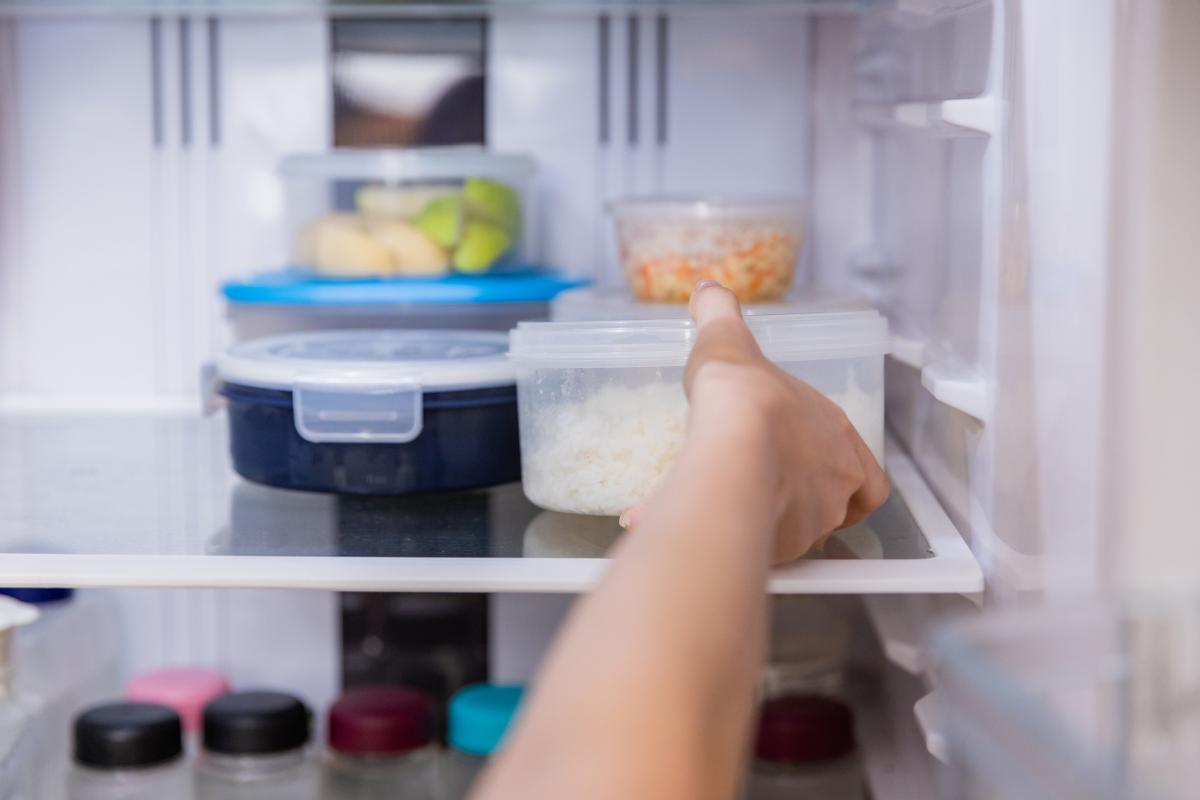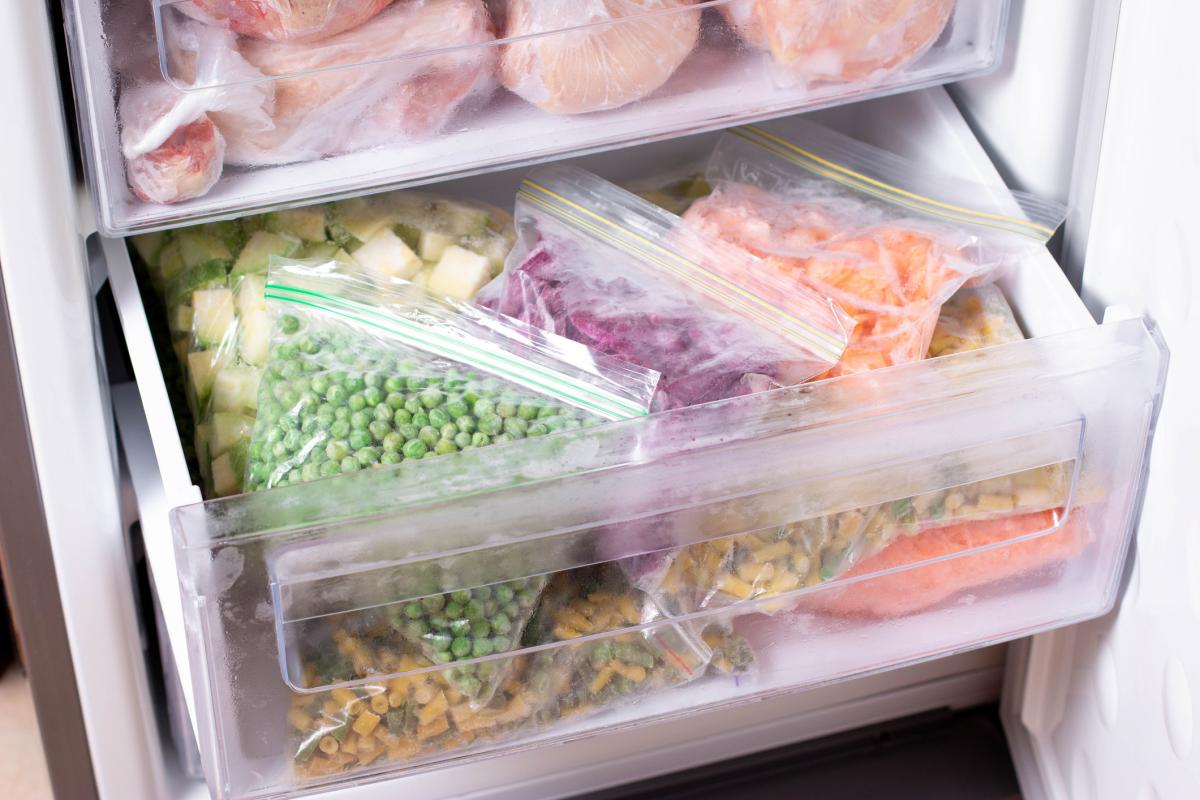Are you tired of seeing your hard-earned groceries in the trash instead of on your plate? You’re not alone. Despite our best intentions a significant portion of the food we buy ends up in the trash instead of nourishing our bodies. Studies show that over 60 percent of food that that Canadians throw away could have been eaten but ended up in the compost or garbage can. With a little bit of planning and some helpful tips you can keep more food on your plate and more money in your pocket.
Plan ahead and make a list

Before going to the grocery store take some time to plan your meals for the week. Choose recipes and snack ideas that your family enjoys and make a shopping list of the necessary ingredients. Planning ahead not only reduces the stress of last-minute meal decisions but also helps prevent impulse purchases. Be sure to check what you already have on-hand before you go shopping and try to choose recipes with versatile ingredients that can be used in multiple recipes.
Looking for inspiration? Check out unlockfood.ca, cookspiration.com (the menu planner feature even makes you a shopping list!) and recipes from Canada’s Food Guide for some great meal ideas.
Maximizing Meals: Embracing Leftovers

Be mindful about your feelings towards leftovers. If you love them, great! Make sure to put them to good use in lunches the next day. Perhaps there are certain meals you love to eat the next day but others that don’t suit your taste as much. That’s fine too, just make sure to make only what you’ll eat for that meal or have a plan to repurpose the leftovers into something new and yummy!
Store food properly
Once you fall in love with leftovers, learn safely and properly store leftovers to reduce the risk of food-born illness, but also to help you reduce the amount of food that ends up in the trash.
Follow Health Canada’s guide to storing leftovers:
- Cooked meat, stew, egg, veggies
- Fridge at 4°C (40°F) for 3 – 4 days
- Freezer at -18°C (0°F) for 2 – 3 months
- Cooked Poultry and Fish
- Fridge at 4°C (40°F) for 3 – 4 days
- Freezer at -18°C (0°F) for 4 – 6 months
- Meat Broth and Gravy
- Fridge at 4°C (40°F) for 3 – 4 days
- Freezer at -18°C (0°F) for 4 – 6 months
- Soups
- Fridge at 4°C (40°F) for 2 – 3 days
- Freezer at -18°C (0°F) for 4 months
In terms of fresh produce, did you know there’s a proper way to use your crisper drawers (PDF) to maximize the longevity of your produce? Who knew?! Also, check out the best before vs. expiry comparison chart (PDF) to better understand the date labels on your food. Visit the Government of Canada website for more information about food labeling in Canada.
Canned and frozen foods are your friend

It’s a common misconception that canned and frozen fruits and vegetables are less nutritious than fresh, but this is not the case. Canned and frozen foods are typically canned or frozen at peak freshness and the nutrient value of the food is maintained. Keeping canned and frozen fruits and vegetables are a convenient and cost-effective way to keep nutritious ingredients available without the fear of them going bad in the refrigerator. Learn more about choosing prepared fruits and vegetables from Canada’s Food Guide.
Bonus tip: Do you have some fruit or vegetables in your refrigerator that you aren’t going to be able to use before they go bad? Throw them in the freezer and use for a future recipe, such as soups or fruit smoothies.
Resist the urge to over-purchase
Shopping in bulk can be a great way to save money, but it’s not a good deal if you end up throwing a large portion away. Over-purchasing is one of the main contributors to food waste in households and you’re not the only one to blame! Grocery stores often sell items in packaging that is difficult to reseal or promote ‘2 for 1’ or other deals that make it hard to resist.
With a little more planning and being a bit more mindful of your food purchasing decisions you can reduce your food waste and keep the nutritious food you buy out of the trash and in you and your family’s tummies–ultimately supporting your health, your financial health, and the environment.
